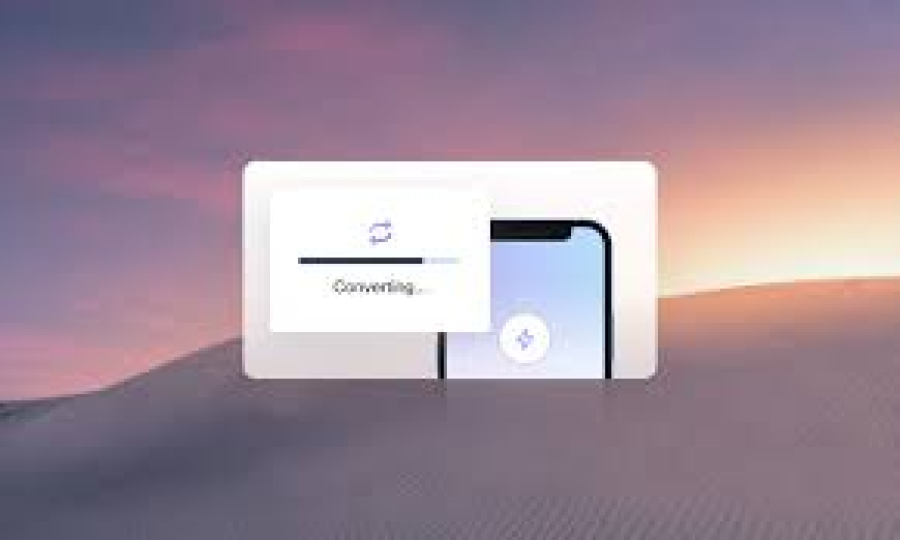How to Improve Website Speed and Performance
In the digital world, speed equals success. A fast-loading website not only keeps visitors engaged but also boosts your SEO rankings, reduces bounce rates, and increases conversions. Whether you're a freelance developer working with clients or building your own web portfolio, understanding how to optimize website speed is a critical skill for 2025 and beyond.
At FreelancerBridge, we believe that performance optimization is more than just technical know-how—it's about creating seamless digital experiences that help clients grow their businesses online. In this post, you’ll discover actionable ways to improve website speed and performance, with a focus on user satisfaction, SEO, and conversion optimization.
Long Description: Practical Ways to Boost Website Speed and Performance in 2025
A website that loads slowly can drive away visitors and hurt your client's credibility. Here’s a comprehensive guide with key strategies to optimize performance for all types of websites.
1. Understand the Impact of Speed on User Behavior
53% of mobile users abandon a site that takes more than 3 seconds to load.
Users expect seamless browsing, whether on desktop or mobile.
Even a 1-second delay can reduce conversions by up to 7%.
👉 Client Benefit: Faster websites retain more visitors and convert more leads.
2. Optimize Images Without Losing Quality
Use image compression tools to reduce file sizes.
Prefer modern formats like WebP over traditional JPEG/PNG.
Set appropriate dimensions and avoid using oversized visuals.
👉 Client Benefit: Better visual quality with faster load times.
3. Use a Content Delivery Network (CDN)
A CDN distributes your content across global servers.
This ensures faster loading for users no matter their geographic location.
Reduces server load and improves uptime.
👉 Client Benefit: Global performance and reliability boost.
4. Minimize HTTP Requests
Reduce the number of files (scripts, stylesheets, images) that load on each page.
Combine CSS and JavaScript files where possible.
Use lightweight libraries instead of bulky frameworks.
👉 Client Benefit: Fewer requests mean faster page rendering.
5. Enable Browser Caching
Cached files are stored on the user’s browser so repeat visits load faster.
You can cache images, scripts, and even entire web pages.
👉 Client Benefit: Speed improvements on return visits and lower server costs.
6. Optimize Server Response Time
Slow servers delay the time it takes to start loading a page.
Choose a reliable hosting provider with strong performance metrics.
Reduce database load by cleaning up unused plugins or scripts.
👉 Client Benefit: Higher uptime and smoother browsing experience.
7. Implement Lazy Loading for Images and Videos
Lazy loading defers the loading of media until it’s visible on the screen.
This helps reduce initial load time and bandwidth usage.
👉 Client Benefit: Faster perceived load time, especially for media-heavy pages.
8. Use Asynchronous Loading for JavaScript
Loading scripts asynchronously prevents them from blocking the page.
This allows HTML content to render before the full script loads.
👉 Client Benefit: Faster content visibility for better user engagement.
9. Reduce Redirects
Each redirect creates additional HTTP requests.
Clean up unnecessary redirects and avoid redirect chains.
👉 Client Benefit: Streamlined user journeys and faster navigation.
10. Monitor Performance Regularly
Use tools like Google PageSpeed Insights, GTmetrix, or Lighthouse to assess speed.
Frequent monitoring helps identify performance bottlenecks early.
Set speed benchmarks and track improvement over time.
👉 Client Benefit: Data-backed decisions to maintain top performance.
11. Use Lightweight Themes and Plugins
Bulky themes and plugins can drastically slow down your site.
Use only the essential plugins and opt for performance-optimized themes.
👉 Client Benefit: Better speed and fewer chances of plugin conflicts.
12. Optimize Fonts and Icon Usage
Custom fonts can add significant load time.
Load only the necessary font weights and styles.
Use SVG icons instead of icon libraries where possible.
👉 Client Benefit: Clean design with fast load speeds.
13. Enable GZIP Compression
GZIP compresses HTML, CSS, and JavaScript files before sending them to the browser.
It reduces file sizes significantly, leading to faster delivery.
👉 Client Benefit: Less data consumption and faster loading.
14. Mobile Optimization is a Must
Speed on mobile devices impacts bounce rate and SEO rankings.
Ensure mobile layouts are clean, fast, and user-friendly.
👉 Client Benefit: Better performance for mobile-first audiences.
15. Minify CSS, HTML, and JavaScript Files
Removing unnecessary characters and spaces reduces file sizes.
Smaller files load faster and use less bandwidth.
👉 Client Benefit: Cleaner, faster-loading pages.
Conclusion
Improving website speed isn’t just a technical requirement—it’s a business necessity. Clients judge a website by its performance, and search engines do too. As a freelance developer or agency using FreelancerBridge, offering speed optimization services can set you apart in a competitive market.
By implementing these performance techniques, you not only deliver better websites but also build trust, improve SEO, and maximize ROI for your clients. Start focusing on performance today, and you’ll see results that go far beyond loading times.


 by Emily
by Emily




